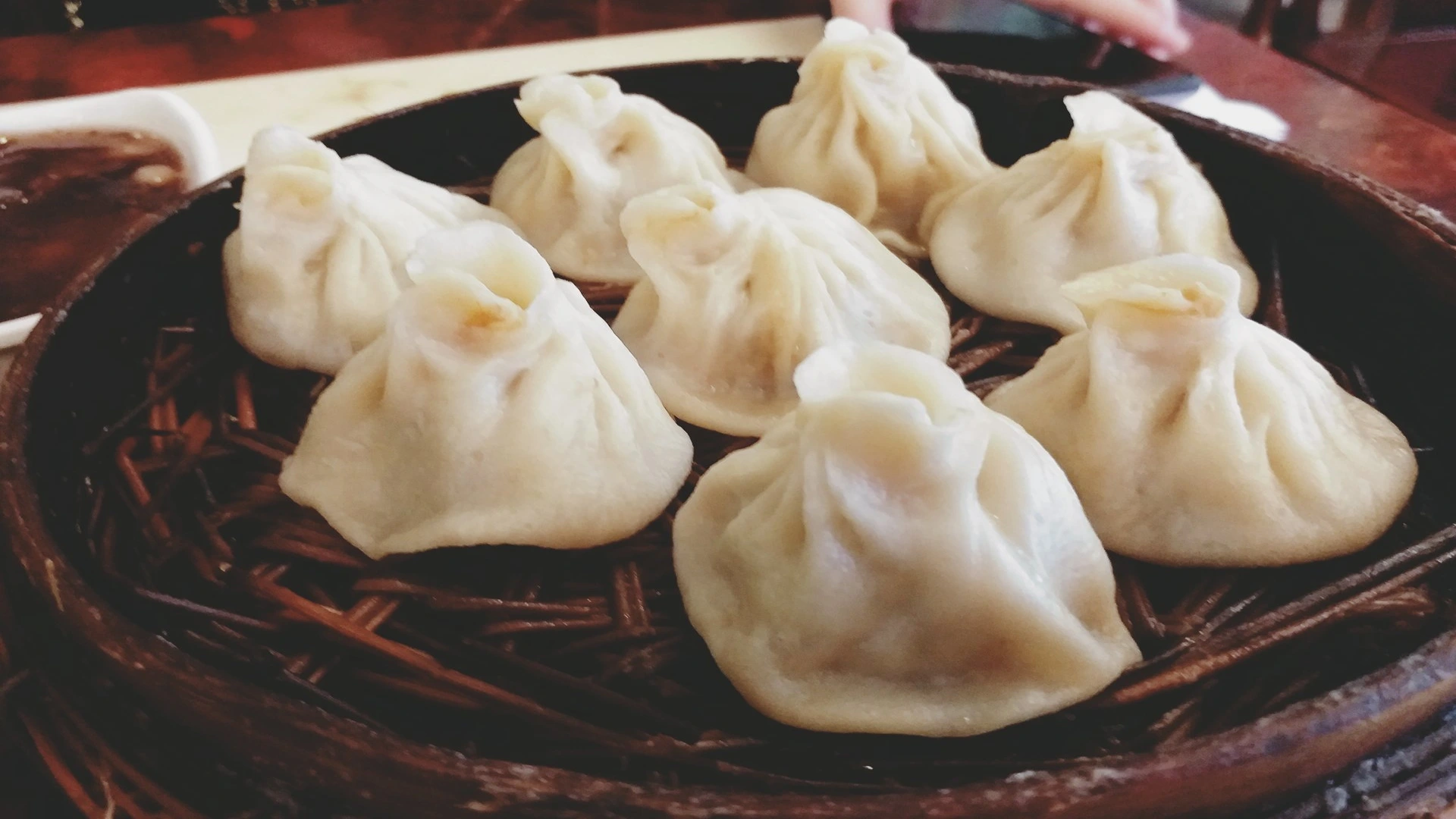The Culinary Delights of Luzhou Soup Dumplings: A Heritage of Taste from Hefei, Anhui
Introduction:
As a dedicated food practitioner, it is with great pride and enthusiasm that I introduce to you one of the culinary gems from Hefei, the capital of Anhui Province – the Luzhou Soup Dumplings. These delicacies are not just a dish; they are a testament to the rich cultural heritage and culinary expertise of the region. Recognized as an intangible cultural heritage, Luzhou Soup Dumplings are a must-try for any food connoisseur visiting or residing in Anhui.
Origins and Cultural Background:
The origins of Luzhou Soup Dumplings can be traced back to the Qing Dynasty, where they quickly gained popularity due to their unique combination of flavors and textures. The dish is deeply rooted in the local cuisine, reflecting the Anhui people’s love for subtle, yet complex flavors. Over time, the art of making these dumplings has been passed down through generations, each adding their own twist to the traditional recipe, yet maintaining the essence that makes Luzhou Soup Dumplings so special.
Ingredients and Preparation:
The making of Luzhou Soup Dumplings is an art that requires precision and skill. The dough, or ‘pi,’ is made from a carefully balanced mixture of wheat flour and water, kneaded to achieve a delicate, almost translucent thinness. The filling, or ‘xian,’ is a mixture of ground pork and a rich, flavorful broth that is encased within the dough. The key to a good Luzhou Soup Dumpling lies in the broth; it must be rich and full of flavor, yet not overpower the delicate taste of the pork.
Taste and Texture:
When you bite into a Luzhou Soup Dumpling, you are greeted with a burst of savory broth that melds with the tender, juicy pork filling. The skin, though thin, holds the soup and filling together, creating a symphony of textures and flavors. The dumpling’s skin is soft and slightly chewy, contrasting perfectly with the rich, meaty filling.
Appearance:
Luzhou Soup Dumplings are a sight to behold. They are typically pleated into a decorative shape, resembling a small pouch with a crown of delicate folds. The skin is so thin that it is almost translucent, allowing a glimpse of the rich, dark filling within. When steamed, the dumplings take on a glossy, appetizing sheen, making them as appealing to the eye as they are to the palate.
Representative Dishes and Cuisines:
While Luzhou Soup Dumplings are the star of the show, they are often accompanied by a simple yet essential accompaniment – a碟 of thinly sliced ginger and a small bowl of vinegar. The ginger adds a zesty kick, while the vinegar cuts through the richness of the broth, creating a harmonious balance of flavors. In addition to being enjoyed on their own, Luzhou Soup Dumplings can also be incorporated into various dishes, such as soups and noodle bowls, adding a touch of luxury to any meal.
Culinary Characteristics:
The beauty of Luzhou Soup Dumplings lies in their simplicity and the care that goes into their preparation. They are a perfect example of how traditional techniques can create a dish that is both comforting and sophisticated. The非遗技艺 (intangible cultural heritage) status of these dumplings is a testament to the skill and dedication of the chefs who have preserved and perfected this dish over centuries.
Conclusion:
As a food professional, I am honored to share the story and flavors of Luzhou Soup Dumplings with the world. They are more than just a meal; they are a journey into the heart of Anhui’s culinary tradition. Whether you are a local or a visitor, experiencing the art of Luzhou Soup Dumplings is a must, offering a taste of history and a glimpse into the soul of Anhui’s cuisine.
